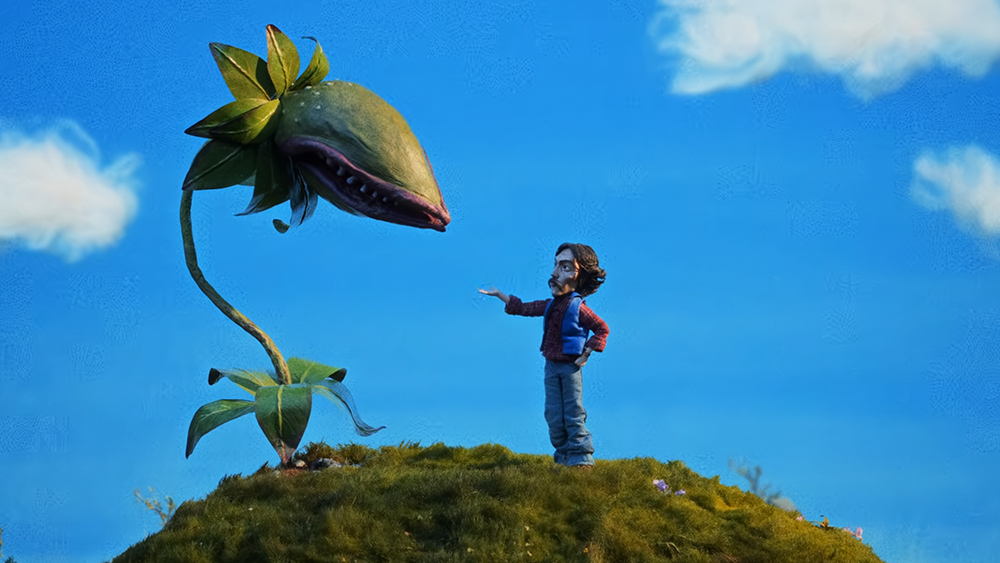Create smooth 3D geometry in 5 simple steps
Smoothing techniques are at the heart of every 3D artist’s toolset, as Mike Griggs explains.
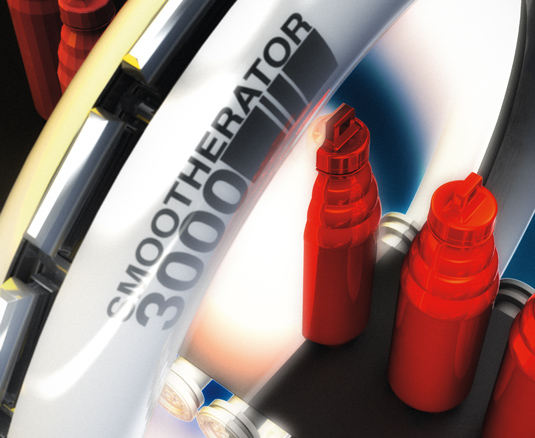
Knowing how to create smooth geometry in your 3D meshes is one of the most important skills to learn as an artist. There are various types of modelling available to create 3D art - polygon, NURBS, sub-division surfaces, Boolean and of course sculpting - but regardless of their method of creation, learning how to smooth with your 3D app is key to producing good-looking and efficient models.
01. Using textures to smooth
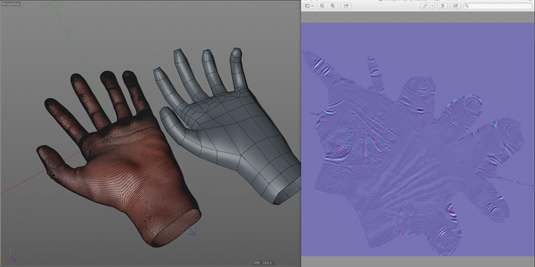
Certain type of textures can be used to smooth geometry. Normal maps, while most commonly used for adding detail to geometry, have the somewhat opposite effect of smoothing the geometry in a sub-division model.
When applied to a low-res asset, such as a game model, a normal map can give the appearance of a much more complex mesh, as well as being useful to quickly and easily bevel corners of geometry.
02. Render smooth

Renderers can also help with smoothing, as they can simulate smoothing on the surface of a model using a material or shader. This can also be used in reverse if you want to quickly create a faceted object.
Some render engines, such as V-Ray and modo, can also give simple geometry the look of more complex bevelled edges. Check to see if your renderer can smooth, as this can be a useful trick to reduce your modelling time and polygon count.
03. Choosing the right application
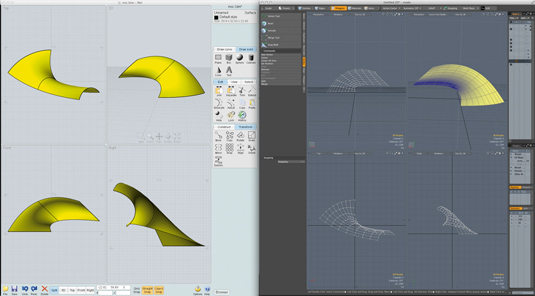
While the majority of 3D applications offer both NURBS and polygon-based workflows, it is worth checking to see how advanced the toolset is for your chosen project.
Applications such as Rhino and MoI 3D excel at NURBS, whereas modo and Glise provide sub-division modelling only. You may find that two specialised applications which can share files are better for your requirements.
Daily design news, reviews, how-tos and more, as picked by the editors.
04. Edge weighting
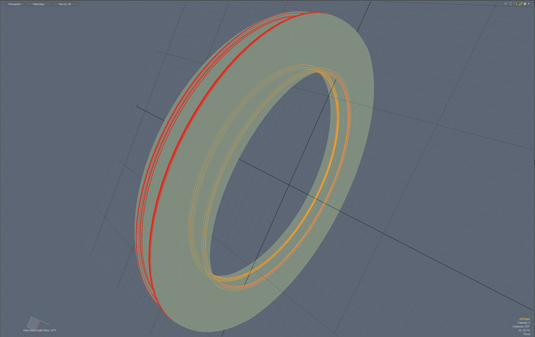
Edge weighting (or creasing) is a method of adjusting the parameters of a single edge in a model to adjust the tightness of a curve, rather than using additional edge loops. In some applications these can also be controlled by weight maps.
Certain types of sub-division modelling can swap models with creasing between applications; for example in Maya, creasing can be used to define edges in ZBrush.
05. Versioning of your model
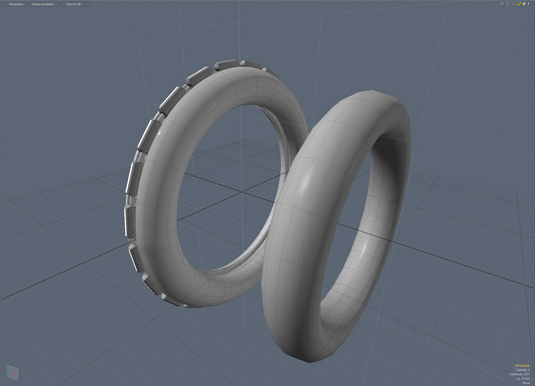
As you develop your model, try to keep a version of each key stage as you add smoothing geometry - this can be a useful backup in the event of mistakes.
It also allows you to create a series of meshes, which is great if you’re making game assets: features such as normal maps created from your high-resolution geometry can be placed onto your lower-resolution meshes, enabling you to quickly create assets for a range of outputs.
Words: Mike Griggs
Mike Griggs is a concept 3D, VFX and motion graphics artist working across TV, exhibition and digital design. This article originally appeared in 3D World issue 175.
Liked this? Read these!
- Discover what's next for Augmented Reality
- Help yourself to these free 3D models
- Check out these inspiring examples of 3D art

The Creative Bloq team is made up of a group of art and design enthusiasts, and has changed and evolved since Creative Bloq began back in 2012. The current website team consists of eight full-time members of staff: Editor Georgia Coggan, Deputy Editor Rosie Hilder, Ecommerce Editor Beren Neale, Senior News Editor Daniel Piper, Editor, Digital Art and 3D Ian Dean, Tech Reviews Editor Erlingur Einarsson, Ecommerce Writer Beth Nicholls and Staff Writer Natalie Fear, as well as a roster of freelancers from around the world. The ImagineFX magazine team also pitch in, ensuring that content from leading digital art publication ImagineFX is represented on Creative Bloq.
